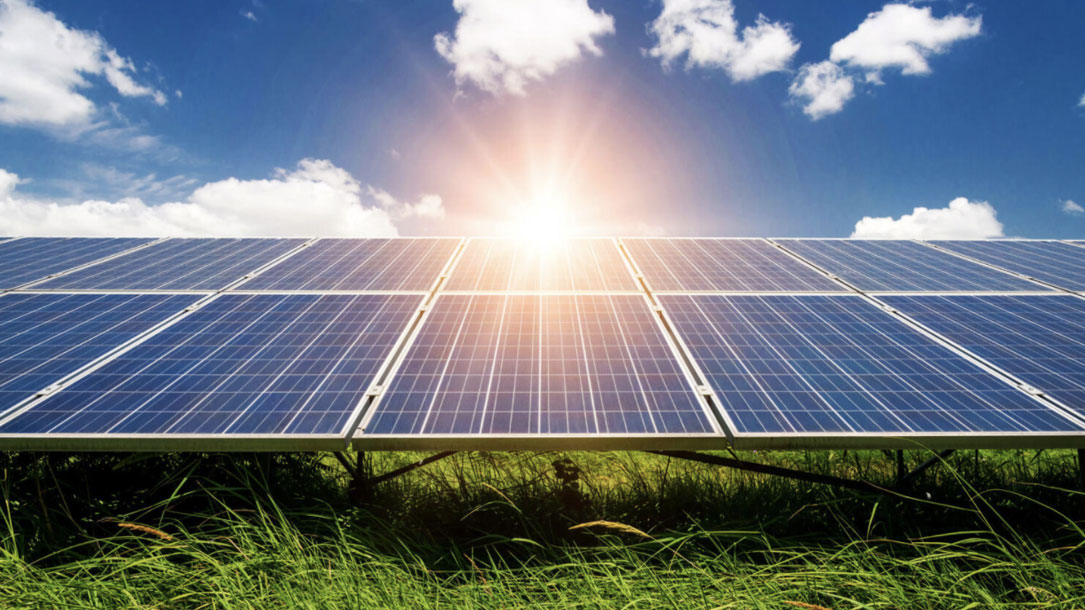
A solar energy toolkit for your community
“The Hudson Valley can serve as a model for how a region can effectively respond to climate change. Scenic Hudson’s How To Solar Now toolkit supports communities in a rapid transition to a sustainable, low carbon region increasingly powered by clean, emissions-free renewable energy while also protecting and preserving our invaluable scenic, historic, agricultural, environmental and economic resources.”
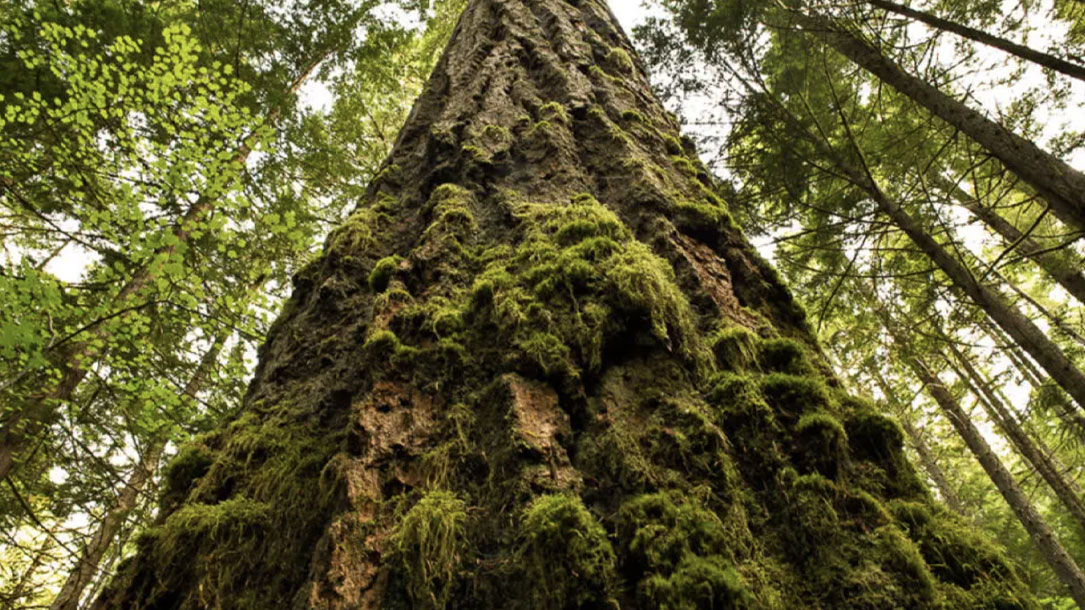
Warming reduces trees’ ability to slow climate change
“Trees are carbon sinks — they absorb more carbon dioxide than they emit. But according to new National Science Foundation-funded research, the most prolific tree in North America, the Douglas fir, will absorb less atmospheric carbon dioxide in the future and therefore do less to slow climate change.”
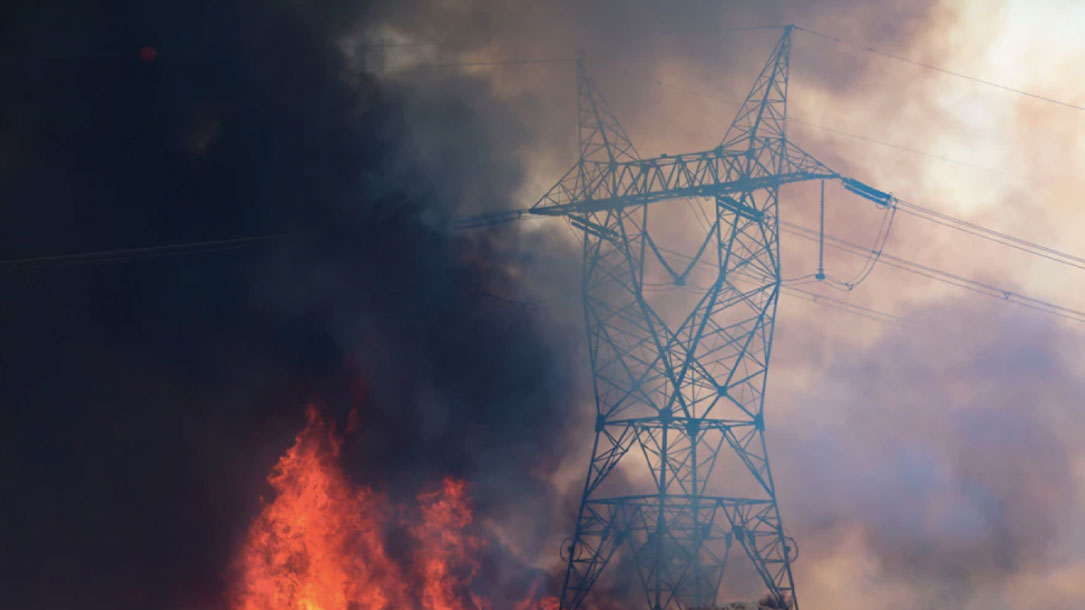
California’s fires are putting a huge amount of carbon dioxide into the air
“California’s unprecedented wildfires, driven by man-made climate change, are pumping the atmosphere with tens of millions of tons of carbon dioxide that will only drive global temperatures higher.”
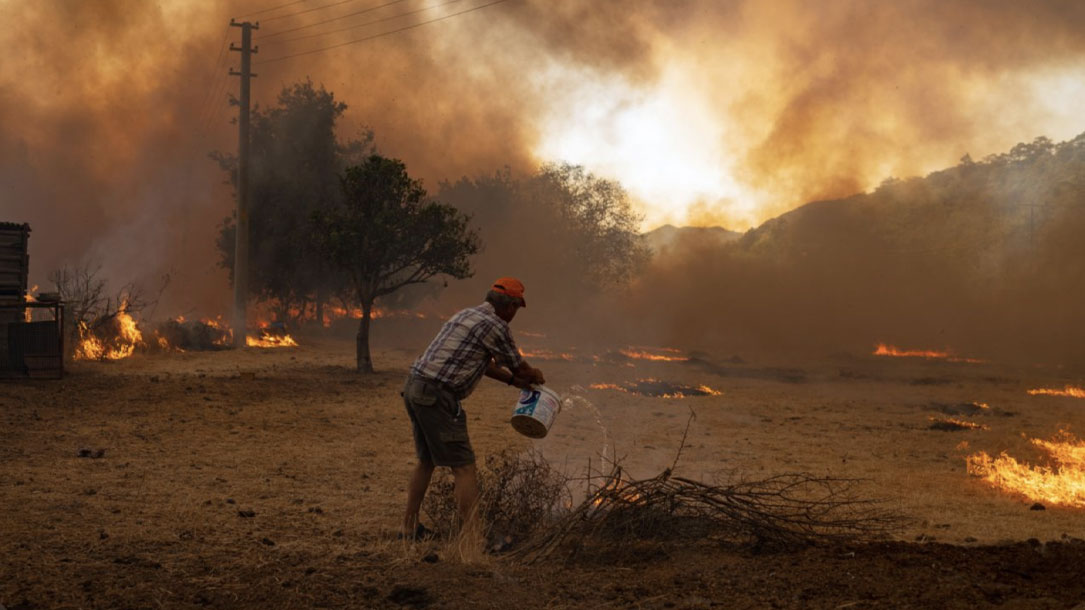
Sixth Climate Assessment Report
Natural climate solutions (like soils, trees, oceans, and prairies) while important, are going to become increasingly stressed. In the best-case scenario, they can slow down climate change by approximately 30%. Yet even that is starting to be a challenge.
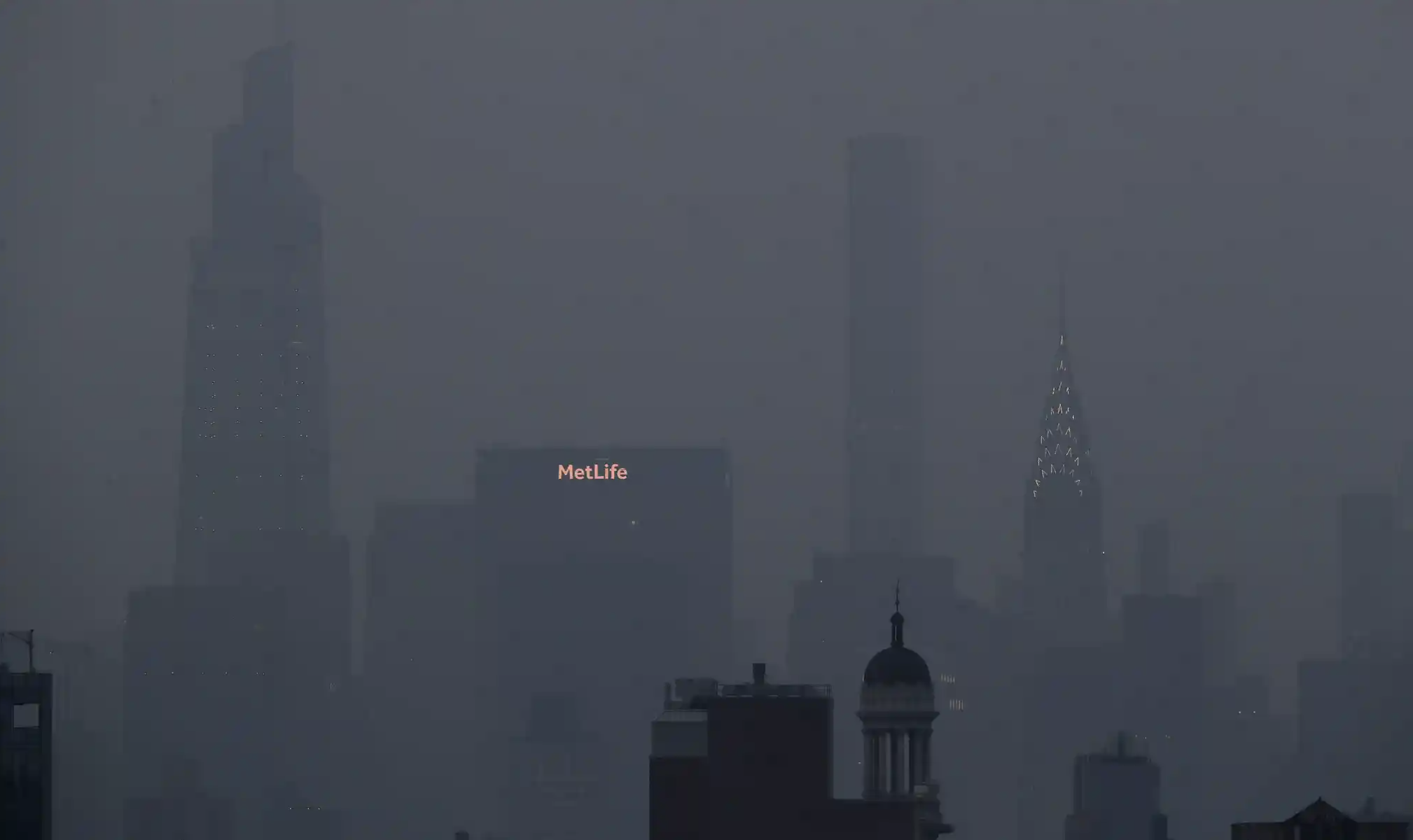
New York air quality among worst in world as haze from western wildfires shrouds city
“New York City air quality was among the worst in the world as cities across the eastern US were shrouded in smoke from wildfires raging several thousand miles away on the country’s west coast.
State officials in New York advised vulnerable people, such as those with asthma and heart disease, to avoid strenuous outdoor activity as air pollution soared to eclipse Lima in Peru and Kolkata in India to be ranked as the worst in the world on Tuesday…”

Despite pandemic, carbon dioxide level in atmosphere hits record high
Without transitioning off fossil fuels soon, natural climate solutions like farms and ranchlands, woodlands, wetlands, and prairies, won’t stand much of a chance.
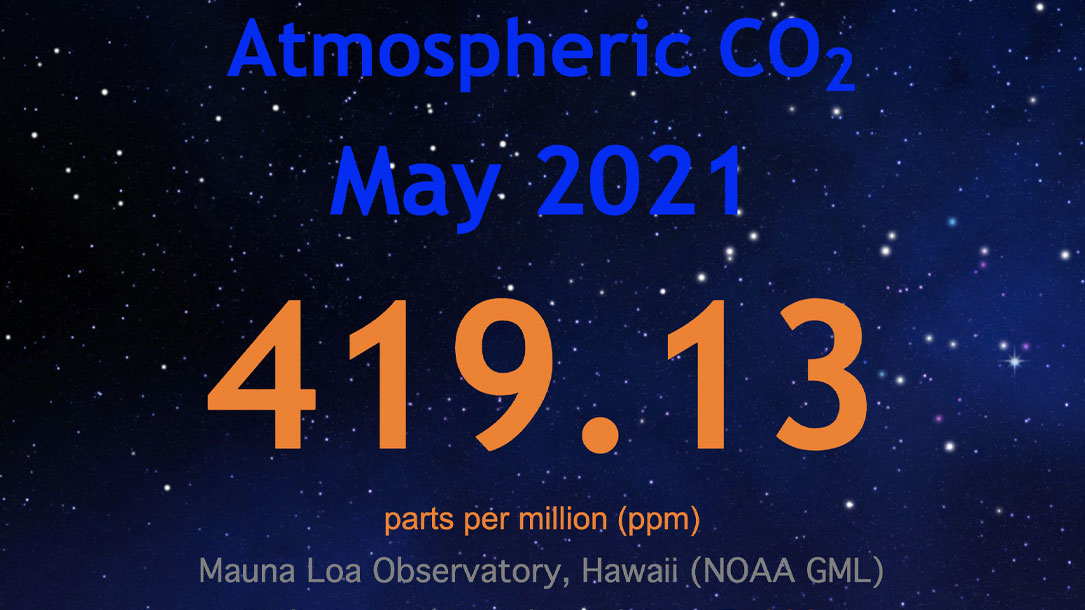
CO2 Earth: Are we stabilizing yet?
As of May 2021, our global CO2 levels exceeded 419. That’s way past what is considered a safe level of atmospheric carbon dioxide (350 ppm), which is why natural climate solutions are so important to pull CO2 from the air.

Attributing extreme weather to climate change
Extreme weather wackiness is increasing given the continued use of fossil fuels and higher levels of heat-trapping greenhouse gases. This interactive map is a helpful tool for deepening our understanding.
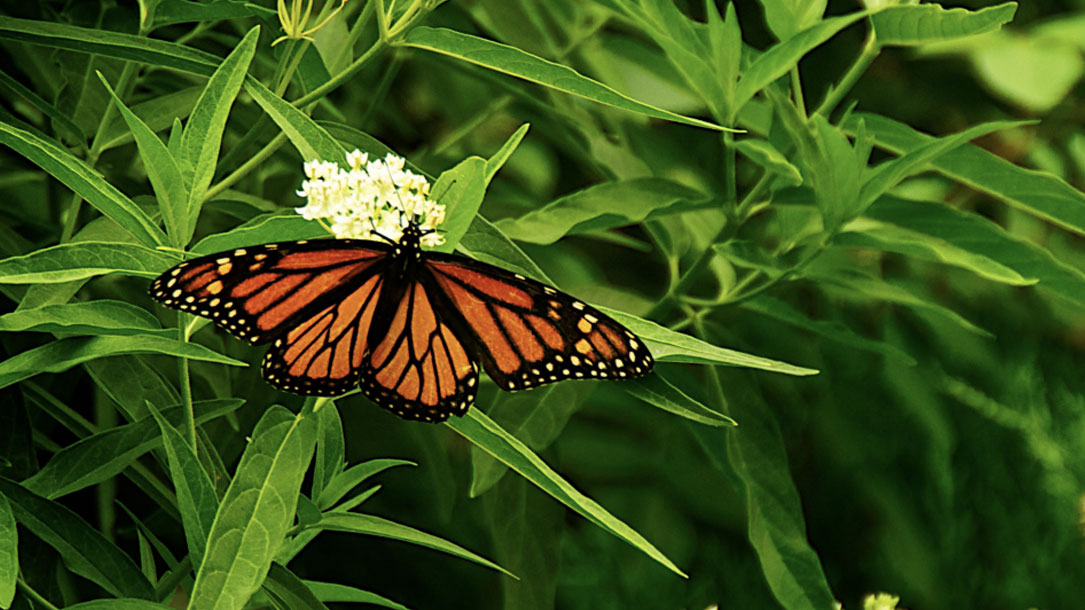
Monarchs and climate change
“Monarch Butterflies are very sensitive to changes in temperature as they rely heavily on this factor to prompt migration, hibernation and reproduction. Thus, changes in temperature due to climate change are expected to influence and potentially disrupt these critical stages of the butterflies’ life cycle…”
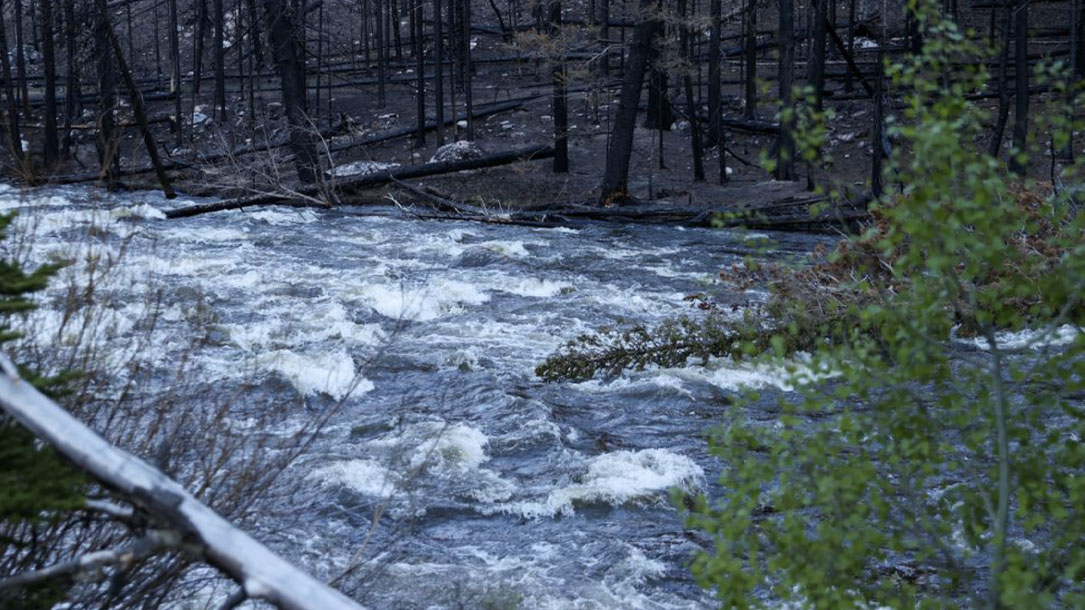
Water quality after a wildfire
“About half of the water supply in the southwestern United States is supplied by water from forests, which generally yield higher quality water than any other source. Approximately 80 percent of the freshwater resources in the U.S. originate on forested land, and more than 3,400 public drinking-water systems are located in watersheds containing national forest lands…”












